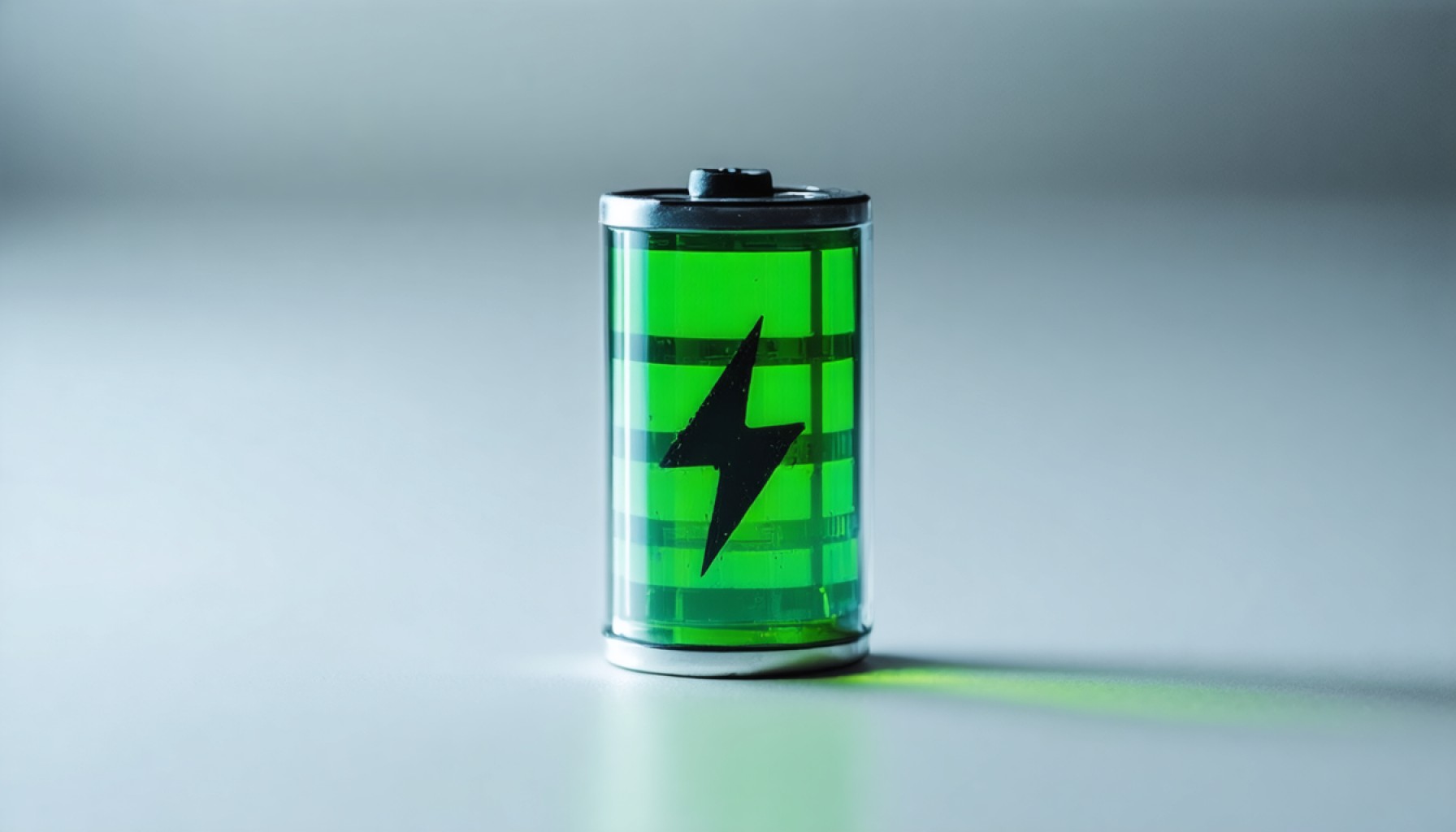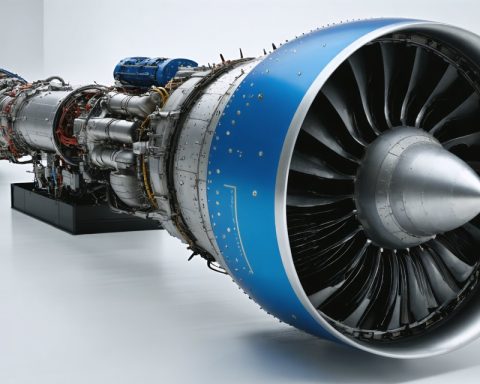- Solid state batteries revolutionize the electric vehicle industry, offering longer range, improved safety, and faster charging.
- Major companies like Toyota, Samsung, and BMW are heavily investing in this promising technology.
- The Asia-Pacific region leads the global race for market dominance, with North America close behind.
- The market is expected to grow from $3.6 billion in 2025 to $28.4 billion by 2032, fueled by electric vehicle demand.
- Challenges include high production costs and supply chain issues, which are barriers to widespread adoption.
- Solid state batteries promise not only economic opportunity and innovation but also a cleaner, greener future.
The promise of solid state batteries propels the electric vehicle industry into a new era, where vehicles travel further, last longer, and charge faster. As the demand for cleaner and more efficient energy solutions intensifies, major players like Toyota, Samsung, and BMW are investing heavily in this transformative technology.
Imagine a world where electric vehicles glide effortlessly from coast to coast on a single charge. This captivating vision edges closer to reality with the advent of solid state batteries. By replacing liquid electrolytes with solid ones, these batteries offer a beacon of hope in enhancing energy density and safety, redefining the automotive innovation landscape.
From bustling Asian metropolises to innovative tech hubs in North America, the quest to dominate the solid state battery market is a global race. Asia-Pacific emerges as a key player, leading the charge with assembly lines and investments, while North America follows closely, capturing the imagination of researchers and stakeholders alike.
The market, valued at $3.6 billion in 2025, is expected to soar to a staggering $28.4 billion by 2032, driven by burgeoning electric vehicle adoption and a relentless pursuit of longevity and sustainability. Yet, challenges brew beneath the surface. High production costs and material supply chain issues pose formidable barriers that confront even the giants of industry.
With each advancement, the shimmering horizon of a sustainable future draws nearer. The electrified dreams of tomorrow not only promise cleaner skies but also economic opportunities, technological breakthroughs, and a greener planet for all. Enthralling, isn’t it? As we stand on the cusp of an electric revolution, the next question is clear: how will you plug into the future?
Unlocking the Future of Solid State Batteries: What It Means for You
Solid State Batteries: A Deep Dive
The advent of solid state batteries (SSBs) represents a seismic shift in battery technology and its applications, particularly in the electric vehicle (EV) sector. By eliminating liquid electrolytes in favor of solid materials, these batteries promise several advantages, including higher energy density, improved safety, and faster charging times. But what does this mean for the average consumer and the broader market landscape?
How-To Steps & Life Hacks
Adopting Solid State Batteries in Personal EVs:
1. Stay Informed About Rollout: Keep an eye on announcements from major automakers. Companies like Toyota and BMW are leading the charge, aiming to integrate SSBs into their vehicles within the next few years.
2. Budget for the Future: While initial costs may be high due to new technology integration, the long-term savings on energy and maintenance will likely offset these costs.
3. Invest in Home Charging Solutions: As charging infrastructure evolves, consider installing a home charging station compatible with future SSB tech.
Real-World Use Cases
Beyond Automobiles:
– Consumer Electronics: Solid state batteries could significantly enhance the performance of smartphones, laptops, and wearables, offering longer battery life and quicker charging capabilities.
– Renewable Energy Storage: SSBs could effectively store excess energy from solar and wind sources, making them a pivotal component in sustainable energy solutions.
Market Forecasts & Industry Trends
According to market forecasts, the SSB market will witness exponential growth, anticipated to rocket from $3.6 billion in 2025 to $28.4 billion by 2032. This surge is propelled by robust EV adoption and rising environmental consciousness among global populations. Industries are increasingly focusing on R&D to overcome hurdles such as cost and scalability.
Controversies & Limitations
While SSBs offer groundbreaking potential, challenges remain:
– High Production Costs: Developing SSBs is costly, and scaling production to meet mass-market demands remains a formidable challenge.
– Material Supply Chain Constraints: Dependence on specific materials like lithium can pose risks due to geopolitical and trade issues.
Features, Specs & Pricing
Expected Improvements:
– Energy Density: SSBs could potentially hold 2-3 times the energy of traditional lithium-ion batteries, reducing the weight and size of devices.
– Safety: Solid electrolytes markedly decrease the risk of battery fires, a significant safety enhancement over liquid electrolytes.
Security & Sustainability
By virtue of their design, SSBs are not only safer due to reduced leakage and overheating risks but are also expected to have a longer lifespan, making them a more sustainable choice. Efficient recycling frameworks will need to be developed to complement this.
Insights & Predictions
Future Outlook:
Experts predict that by 2030, SSBs could become the standard in EVs, spearheading the transition to fully electric transportation infrastructures globally. As material sciences advance, cost reduction and scalability solutions are expected to be achieved.
Tutorial & Compatibility
As technology evolves, expect a growing number of tutorials and guides aimed at easing the transition from liquid to solid state batteries. This could include retrofitting existing EVs with SSB technology or understanding the intricacies of their maintenance.
Pros & Cons Overview
Pros:
– High energy density
– Faster charging times
– Enhanced safety
– Longer lifespan
Cons:
– Initial high costs
– Current production challenges
– Material supply dependencies
Actionable Recommendations
1. Monitor Industry Developments: Follow major automakers and tech hubs for the latest updates on SSB integration.
2. Start Budgeting: Consider future-proofing your investments by saving for eventual upgrades.
3. Consider a Charging Solution: Analyze home charging options to stay ahead of infrastructure developments.
For more information on advancements in the EV sector and battery technology, check out this reliable source: Bloomberg. Stay ahead of the game by staying informed and planning your steps into this electrifying future wisely.








